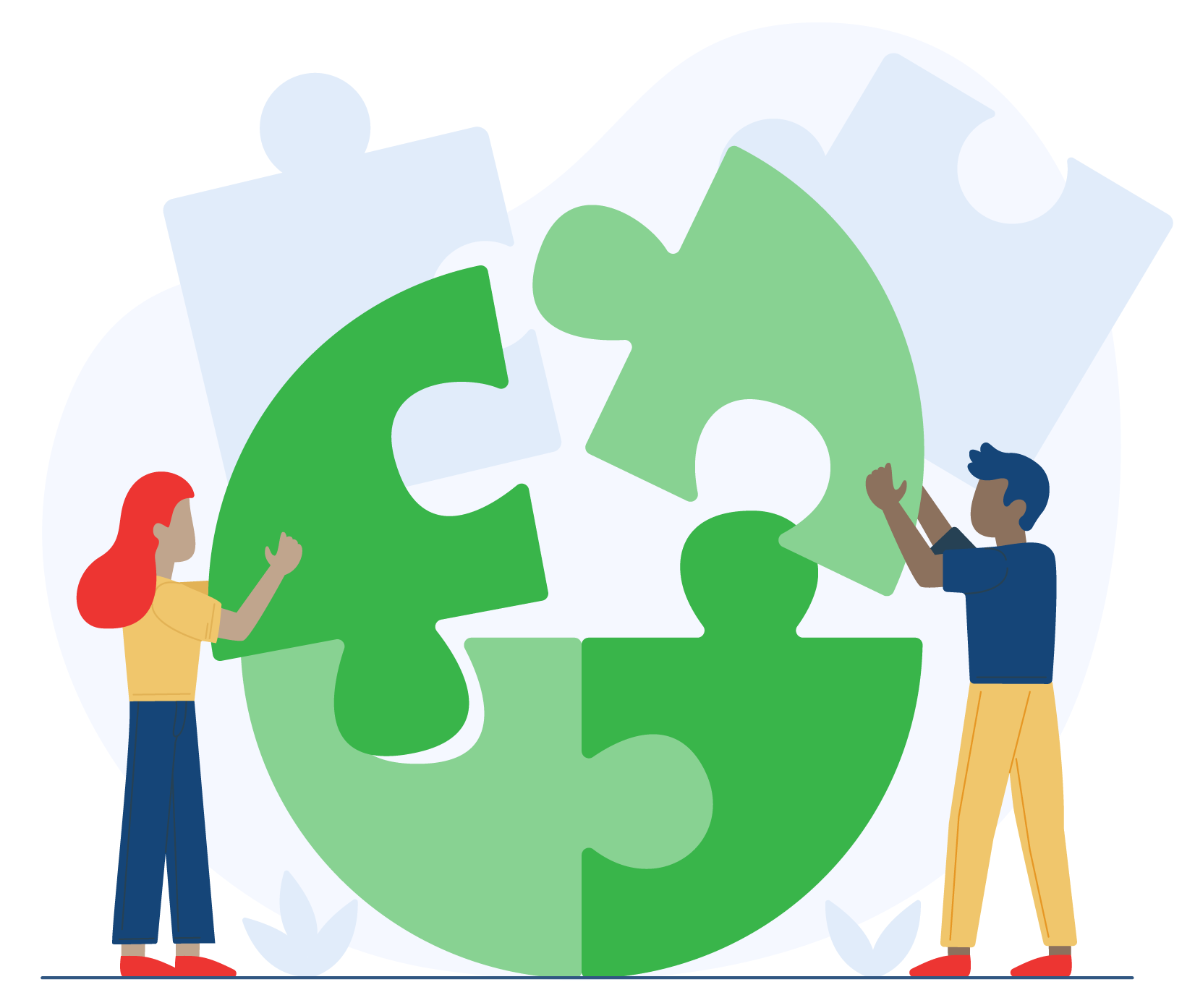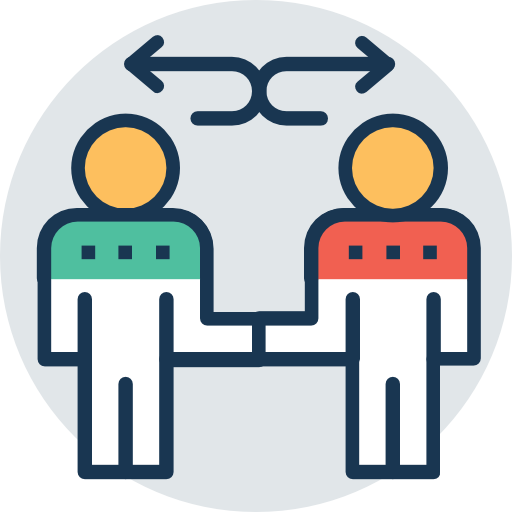
Author: Thomas McGhee II
Imagine there is someone special with whom you would like to build a new relationship. Would you ask that someone out on a date, set a time and place to meet, have the date, set a second date, but not communicate directly with that someone? That relationship is doomed from the start, and yet this happens regularly in the world of stakeholder engagement. And in many cases, that “date” is on their dime too! Costs to stakeholders include travel, childcare, time away from family and from work, in-kind costs and more.
I have been on both sides of this scenario. I have been the token representative and I have been the administrator trying to recruit and cultivate partnerships with stakeholders. In my experience, organizations provide inadequate preparation or context for stakeholders. Communication is limited to during the meeting or through large-group emails. Many organizations that seek stakeholder input have not even considered ways to engage stakeholders instead of, or in addition to, a meeting. Is it possible to offer stipends, incentives, or reimbursements to support attendance of stakeholders? Have you considered what you could do to support stakeholder attendance?
Typical Stakeholder Dates
How might the stakeholder experience change if intentional effort went into preparing them? And what about debriefing following the meeting to assure understanding, address questions and allow for additional discussion? Consider these strategies:
- Provide data in advance with tips on how to read the data and other support to assure understanding.
- Update stakeholders on progress toward goals between meetings.
- Assign a team member to check-in regularly with individual stakeholders.
Stakeholder engagement must be active. Take steps to prepare individuals to participate and to provide feedback in ICC, SSIP, SPP/APR, target setting or related meetings.
What if we viewed engaging stakeholders through the same lens as dating? Dating as in partnering and building relationships. Data as in obtaining feedback from those missing voices in quantitative and qualitative ways. This is intended to be a satirical and lighthearted way to view engaging stakeholders. I hope to provoke thought and to help you to improve upon your data … as well as your dating game.
Stakeholder Belonging
Effective working relationships are cultivated. Consider your stakeholder “courtship.” Where are the phone calls, texts, cute cards, love letters, flowers, strolls in the park or emails during the weeks in between meetings? How long should stakeholders be expected to put up with poor communication and uncertainty? Will they stay committed to you and the process if they feel like an afterthought? Instead, help them feel more comfortable in group meetings.
Think about taking your date out with a group of your friends that they are meetings for the first time. What steps can be taken to help your date or stakeholder feel more part of the group? Here’s a hint, don’t take them to a party and leave them in the corner alone to fend for themselves while you are across the room with your buddies having a good time.
Make sure each stakeholder has an opportunity to become familiar with the others around the table. Be inclusive and help each one become part of the group. Support each member to connect with others. Prepare the group for the individual? Provide information about their culture or background. If I were going to invite someone from the Halawa-Saponi tribe, I’d probably want to learn a bit about them. I’d want to learn about their cultures, preferences, and the history of our relationship with them (so I don’t mess things up too badly on the first date).
Reflect on the Relationship
Now that you’ve submitted the SPP/APR, take a minute to reflect on stakeholder participation in that process. In what ways can you assure that your identified stakeholders see themselves as valued, active partners and not as a checked boxes or wallflowers?
Lack of communication between meetings limits our ability to gather or share data, limits participation, and limits our ability to analyze data from multiple points of view.
The blame does not fall on partners when things go wrong. Reflect on what could have been done better. What changes are needed in the process? Use the Look! Think! Act! Protocol as a guide. Reflect and take action on these steps to increase the chances of a good date:
The Anticipation
Looking your best, confirming the details, asking your date what is important to them or what they like, what accommodations they may need (for food, accessibility) and planning for that.
The Date
You want it to go well, don’t you? Plan for the unexpected.
The Feedback
How did it go? What went well? Would you like to do it again?
The Plan
Our next date… maybe our future together?
In the end, sometimes it is as simple as giving a little attention to receive attention and participation in return. In a society where instant gratification has become the norm, let’s not lose sight of the importance of courting for better long-term outcomes.
Resources
- Stakeholder Knowledge Toolkit
- 5 things for Part C/619 Stakeholders to Know
- SPP/APR Basics – What You Need to Know
- DaSy Framework
- List of additional Stakeholder Engagement Resources
About the Author

Thomas McGhee II is a DaSy TA consultant at Frank Porter Graham Child Development Institute at the University of North Carolina at Chapel Hill.


